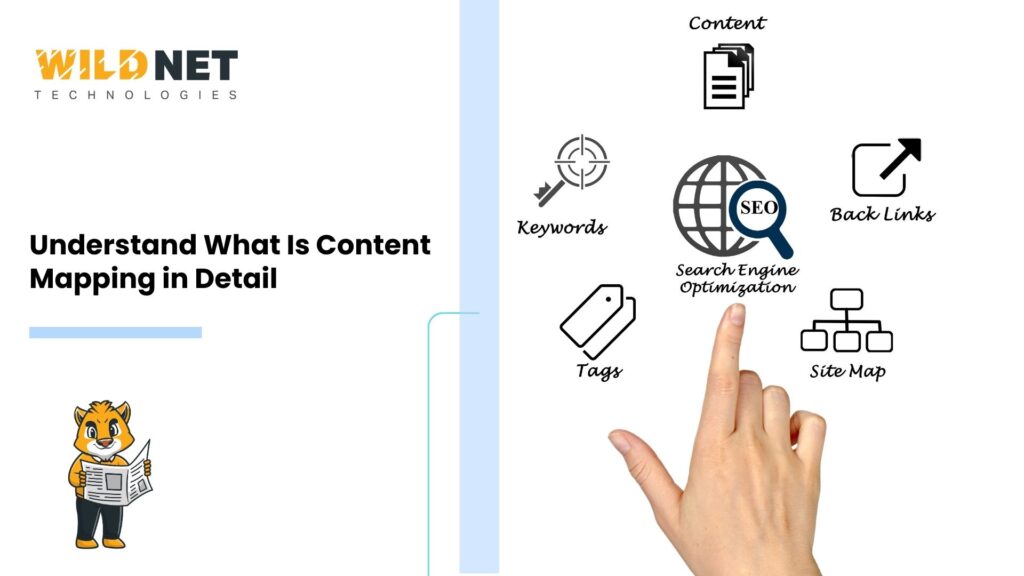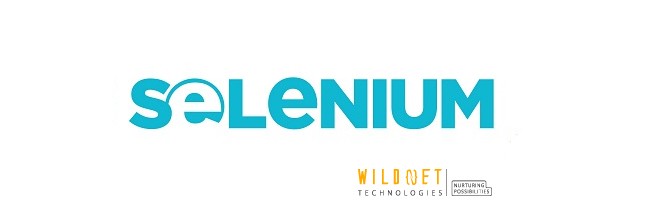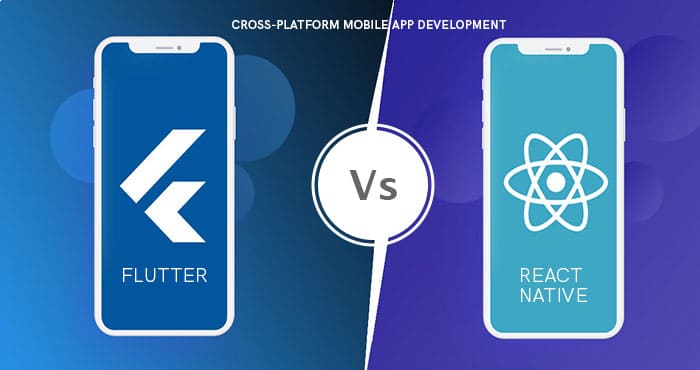Content mapping is a powerful tool in digital marketing. It helps align content with the buyer’s journey, ensuring that the right message reaches the right audience at the right time.
Understanding content mapping can transform your content strategy. It allows you to create more targeted and effective marketing campaigns. This leads to better engagement and higher conversion rates.
Content mapping plays a crucial role in SEO. It helps improve search engine rankings by delivering relevant content that meets user intent, which is essential for driving organic traffic.
For marketers, content mapping is not just a strategy. It’s a way to build stronger relationships with customers, and by addressing specific needs, it enhances user experience and satisfaction.
This guide will explore the basics of content mapping and teach you how to implement it effectively in your content strategy. Let’s dive into the world of content mapping and its benefits.
What Is Content Mapping?
Content mapping is a strategic process. It involves crafting content tailored to different stages of the buyer’s journey, ensuring that content is relevant and valuable at each phase.
The core idea of content mapping is audience understanding. It requires marketers to identify buyer personas. Understanding their pain points and goals allows you to create content that truly resonates.
A successful content map guides potential customers smoothly from awareness to consideration and finally to decision. This approach aligns content with customer needs.
Key components of content mapping include:
- Identifying buyer personas and audience segments
- Mapping content types to the stages of the buyer’s journey
- Creating personalized and relevant content for each stage
Through content mapping, businesses can create more impactful and targeted content strategies. This method ensures content is not just random but purposeful and effective.
Why Is Content Mapping Important in SEO?
Content mapping plays a pivotal role in SEO by improving search engine rankings. It ensures your content answers specific user queries. This alignment satisfies search intent, which search engines value highly.
When content is mapped effectively, it is optimized for relevant keywords naturally. This boosts its visibility in search results. As a result, your website can attract more organic traffic.
Additionally, content mapping enhances user experience by delivering timely, relevant information. This encourages more extended site visits and reduces bounce rates. Ultimately, a well-structured content map can support SEO efforts in the following ways:
- Enhancing keyword optimization
- Improving user engagement and retention
- Increasing overall search visibility
Integrating content mapping into your strategy makes your content a robust SEO asset. It aligns with the goals of search engines and user expectations alike.
Key Elements of a Content Mapping Strategy
A solid content mapping strategy begins with understanding your audience. You need to define buyer personas that reflect real customer profiles. These personas help in creating targeted, relevant content.
Next, align content with each stage of the buyer’s journey. This ensures that content meets users’ needs at different touchpoints. From awareness to decision, each piece of content should guide users forward.
It’s also crucial to conduct a content audit. This helps identify existing content that can be optimized and reveals gaps where new content is needed to enhance the strategy.
Lastly, a content calendar is essential. It helps organize when and where content will be published. Key elements of a content mapping strategy include:
- Defining buyer personas
- Aligning with the buyer’s journey
- Conducting a content audit
- Utilizing a content calendar
Together, these elements create a roadmap for effective content delivery and ensure that content aligns with user needs and business goals.
Understanding the Buyer’s Journey
The buyer’s journey is prospect’s path from problem recognition to purchase decision. It’s crucial for crafting effective content strategies. Each stage requires different content to engage and guide prospects.
Initially, customers are in the awareness stage. They’re identifying problems or opportunities. Content should educate and inform, spotlighting potential solutions.
Next comes the consideration stage, where prospects evaluate options. Here, content should compare offerings and highlight benefits. The final decision stage involves converting interest into action. Persuasive content like case studies and testimonials can be effective.
Understanding the buyer’s journey involves:
- Awareness stage: Content to educate
- Consideration stage: Content to compare and evaluate
- Decision stage: Content to persuade and convert
By aligning content with these stages, you can nurture leads effectively. It ensures customers receive the right information at the right time.
Steps to Create an Effective Content Map
Creating an effective content map begins with understanding your audience. Gather demographic data, preferences, and behavioral patterns to identify your target personas. Knowing your audience is the foundation of any content strategy.
Next, define your business goals. Align these objectives with your content mapping efforts. This alignment will ensure that the content serves a purpose in the bigger picture.
After defining goals, document the buyer’s journey. Recognize the stages your audience goes through. Tailor your content to address each stage: awareness, consideration, and decision. This customization enhances audience engagement.
Now, conduct a content audit. Analyze existing content for relevancy and gaps. Identify what content exists and what needs creation or improvement.
Following the audit, create a content plan. Structure this plan to guide customers through their journey. Organize content based on identified gaps and mapping strategy.
Use tools like customer journey maps and content calendars. These tools help visualize and schedule content delivery and ensure timely and relevant audience engagement.
Finally, evaluate and refine your content map regularly. Monitor performance metrics and adjust strategies to maintain effectiveness. This ongoing process ensures content remains relevant and impactful.
To summarize the steps:
- Identify target personas
- Define business goals
- Document the buyer’s journey
Additional actions include:
- Conduct a content audit
- Create a structured content plan
- Utilize mapping tools and templates
- Regularly evaluate and refine strategies
Identifying and Filling Content Gaps
Identifying content gaps is essential for a successful content strategy. Begin by analyzing current content and comparing it with customer needs. Look for areas where audience needs are unmet.
Create targeted content to fill these gaps and ensure it aligns with identified audience preferences and requirements. This approach not only boosts engagement but also enhances SEO.
Key steps include:
- Analyze existing content
- Identify unmet audience needs
- Create targeted content to fill gaps
Tools and Templates for Content Mapping
Using tools and templates streamlines the content mapping process. They provide structure and clarity, making it easier to organize content efforts. Many tools are available for different stages of content mapping.
Consider using:
- Customer journey maps
- Content calendars
- Editorial planning tools
These resources help to visualize the content plan and maintain consistency. You can efficiently manage content strategies and align them with audience needs with proper tools.
Best Practices for Content Mapping Success
To achieve success with content mapping, keep your focus on strategic alignment. Make sure your content aligns with audience needs and business goals. Regularly update and revise the content to keep it relevant.
Key practices include:
- Engage cross-functional teams for diverse insights
- Use data to drive decisions
- Maintain consistency across all channels
Following these guidelines ensures a well-rounded content strategy that drives engagement and meets objectives.
Measuring and Optimizing Your Content Map
Evaluating your content map is vital for ongoing success. Use metrics to determine effectiveness and areas for improvement.
Focus on:
- Engagement rates
- Conversion rates
- Customer feedback
Regular assessments ensure your content map remains aligned with your goals.
Conclusion: The Value of Content Mapping for Your Content Strategy
Content mapping is essential for guiding your content strategy. It aligns content with your audience’s journey.
Implementing effective content maps enhances engagement and conversions. This strategic approach ensures that your content meets user needs and supports business goals. Content mapping is a significant investment in long-term marketing success.
Incorporating Content Mapping Into Your Marketing Strategy: A Conclusion
Content mapping enhances customer targeting and improves satisfaction through a content-driven framework, especially when paired with digital marketing services. Shifts in behavior patterns and emerging trends within your target audience demand a growth-oriented, adaptive approach. These services are essential for achieving increased digital visibility and brand loyalty. The emphasis should remain on delivering content within the proper context—content that endures and evolves with market demands.
Read More
What Is The Feasibility Level Of Generating Marketing Content Using AI?
Google News Shifts To Auto-Generated Content Publication Pages
Is Long Form Content Worth It? Here’s What the Data Says
Proven Tactics for Remove Negative Content from Web Pages
Exploring the Most Popular Tools in the Content Writing Domain
Q. What is content mapping in digital marketing?
Ans. Content mapping is planning and aligning content with the needs of your target audience at each stage of the buyer’s journey to increase engagement and conversions.
Q. Why is content mapping necessary for digital marketing services?
Ans. Content mapping ensures that every content serves a purpose—helping potential customers move closer to a purchase, making digital marketing services more effective.
Q. How does content mapping improve customer targeting?
Ans. By identifying buyer personas and their journey stages, content mapping delivers personalized, relevant content that meets user needs and boosts engagement.
Q. Can content mapping help increase ROI from digital campaigns?
Ans. Yes, content mapping increases conversion rates and improves the return on investment from digital efforts by guiding users with strategic content tailored to their intent.
Q. What tools are used for content mapping?
Ans. Tools like HubSpot, SEMrush, and Trello help marketers visualize buyer journeys, organize ideas, and map content effectively for each funnel stage.






